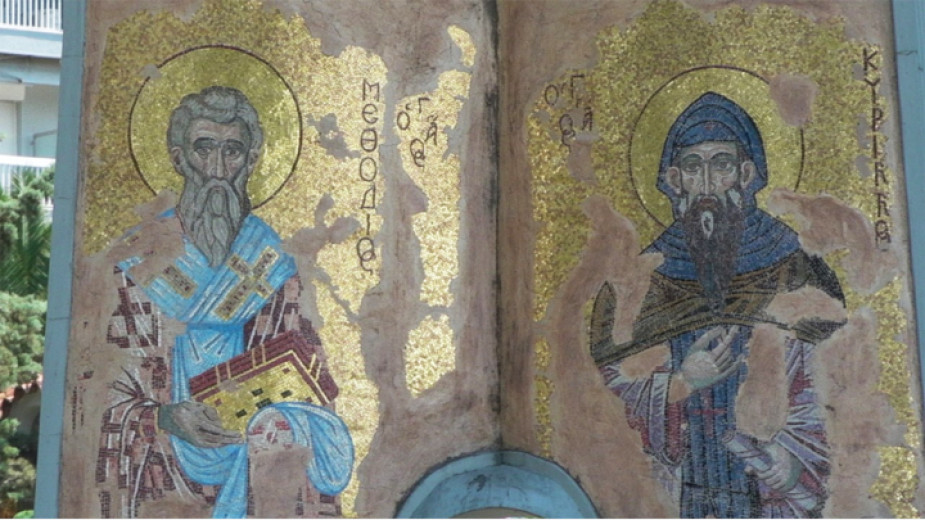 13
13
On May 24th, it is an old Renaissance tradition to celebrate the work of the holy brothers Cyril and Methodius. On this date Bulgarians, wherever they are in the world, always find a way to pay their respect.
One such opportunity to combine the celebration with a pilgrimage to the places where the two brothers lived and worked is to travel less than 300 km from Sofia to Thessaloniki, Greece.
In the hometown of the educators of the Slavs, there are countless sights, some of which are directly related to their life and are worth seeing. Today we will take you to a virtual photo tour:
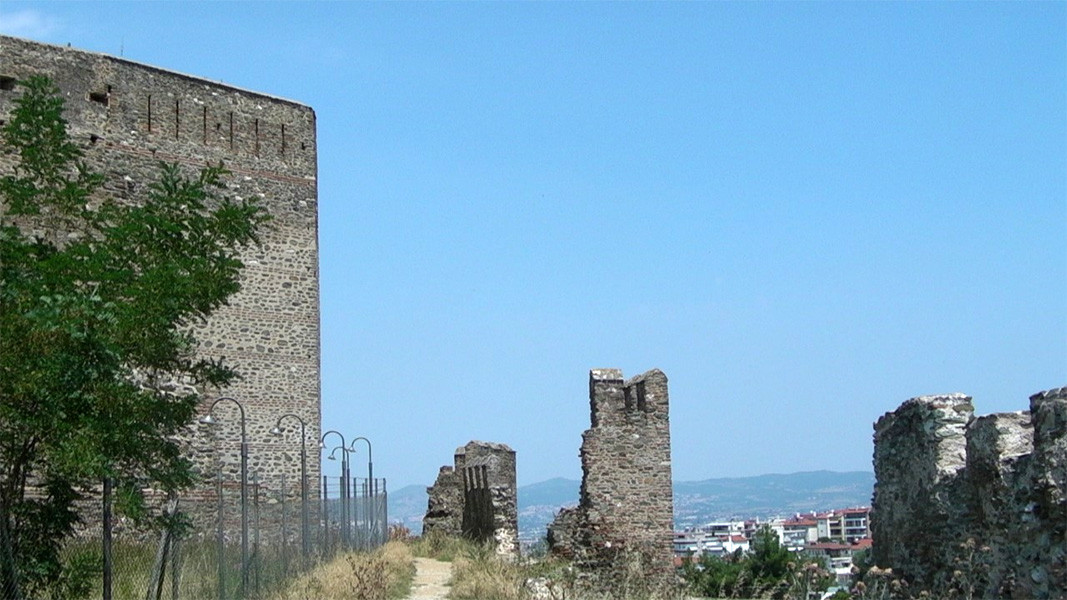
To immerse yourself in the atmosphere of the life of St. Constantine-Cyril the Philosopher and St. Methodius, it is enough to climb up to the old citadel of the city, which is located in the most inaccessible northeastern part of the fortress.
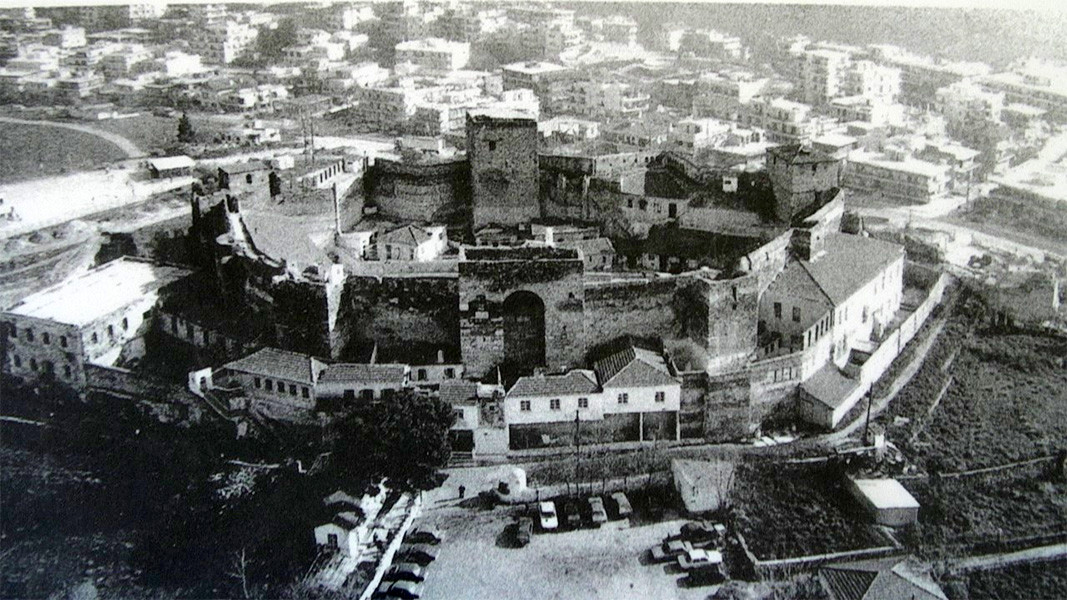
Unfortunately, in more recent times the fortress was also a political prison, but the medieval spirit of the place is still preserved.
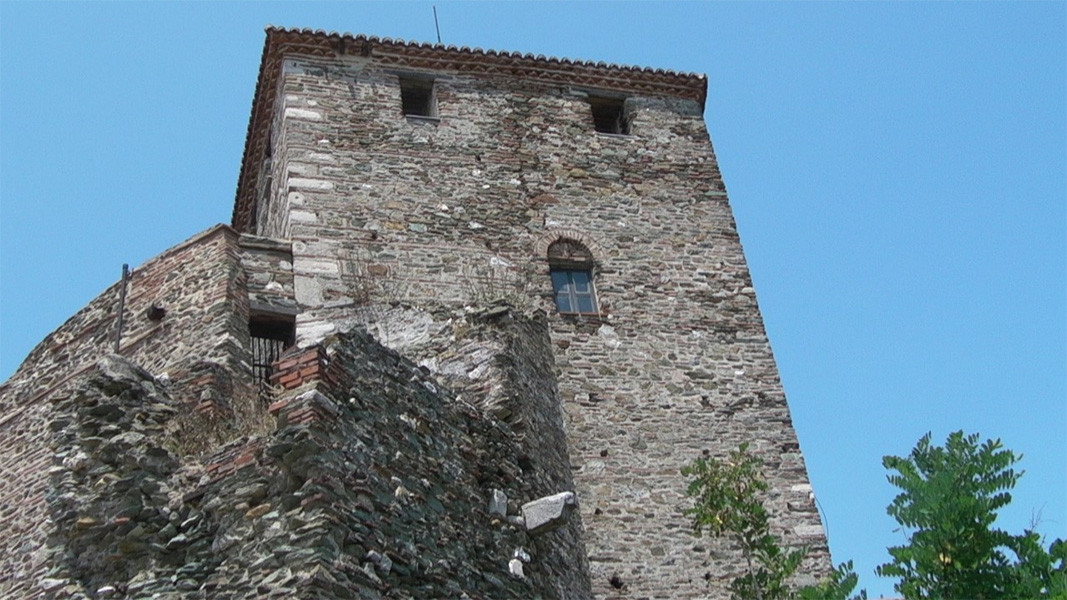
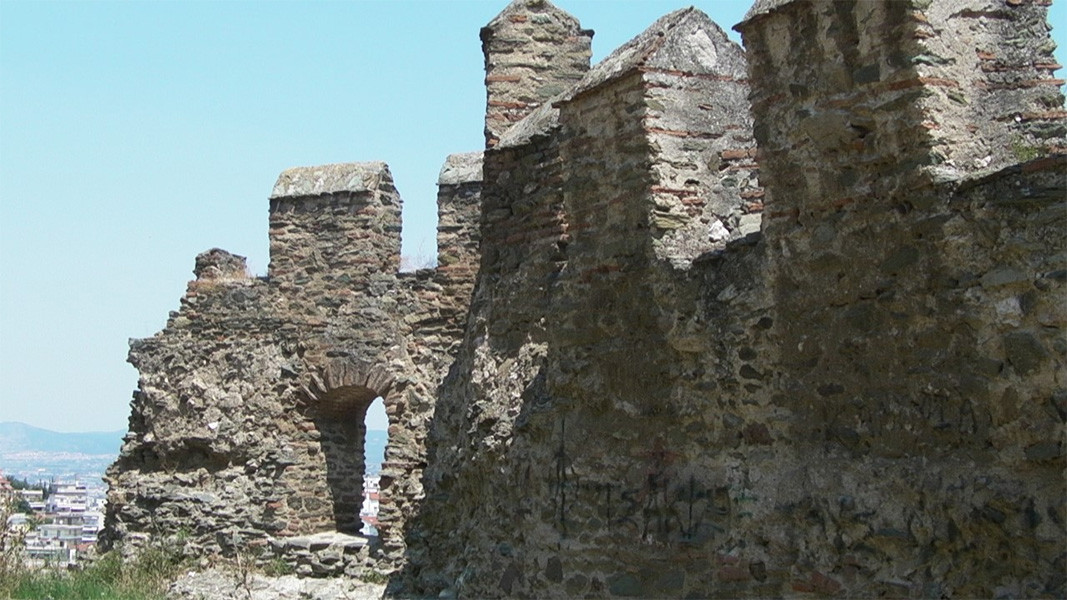

Right at the entrance, above the gate, the traveller is greeted by a beautiful marble slab with a stern lioness on it. The motif and composition are quite similar to the figures from the medieval stone sculptures found near the Bulgarian town of Stara Zagora.

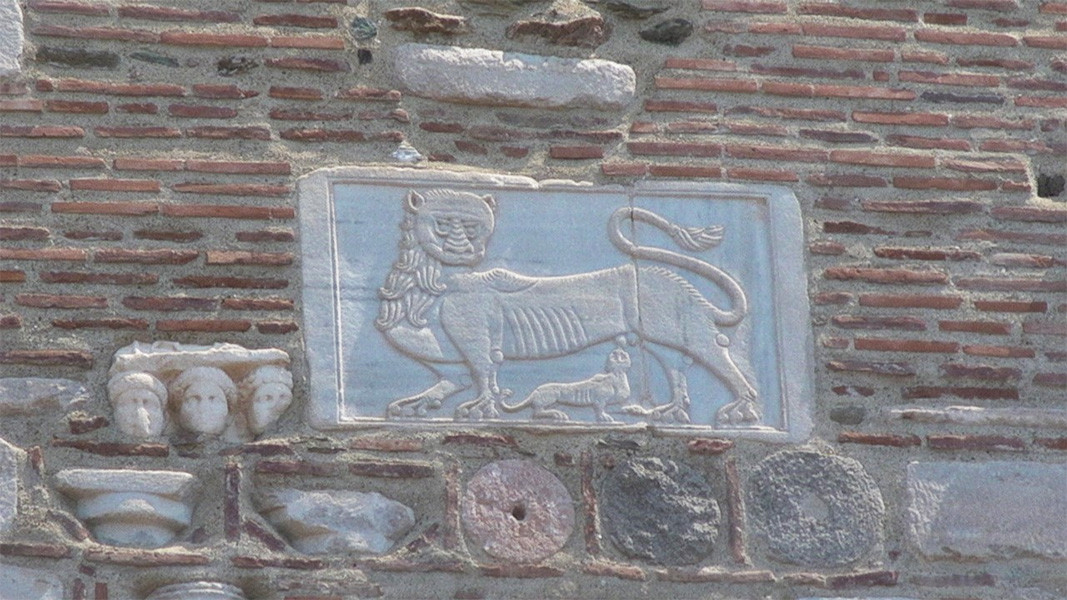
The plot with the two peacocks is also an exact match. Despite the additional buildings over the centuries, entering the castle, one can imagine where Methodius and his younger brother Cyril grew up. Their father Leon was a Dungarius (military commander) of the city and the family certainly lived in the citadel, respectively his sons were born on this place in 815 and 827.

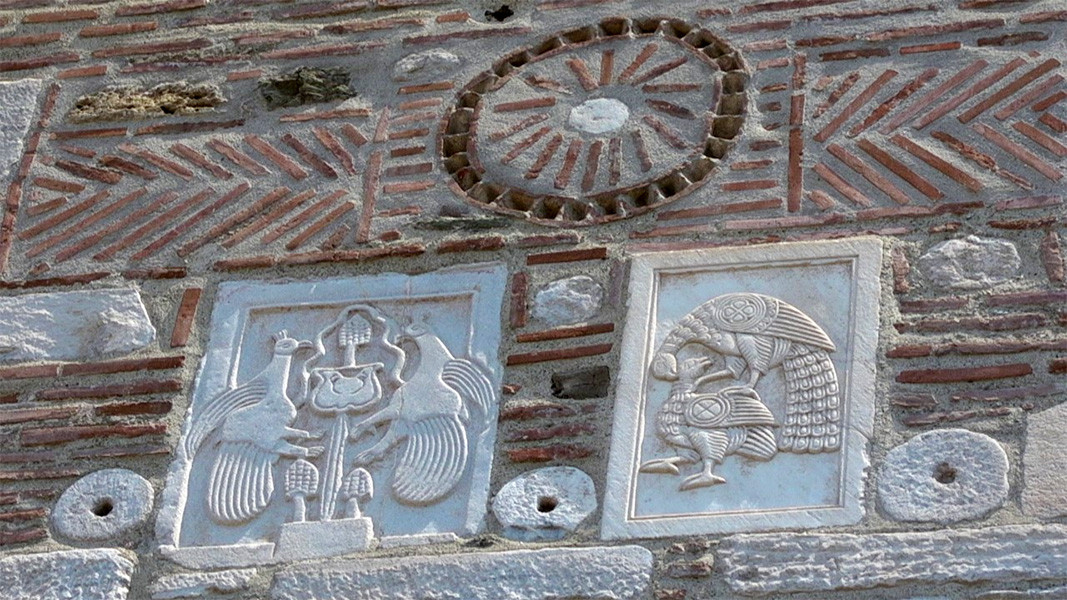
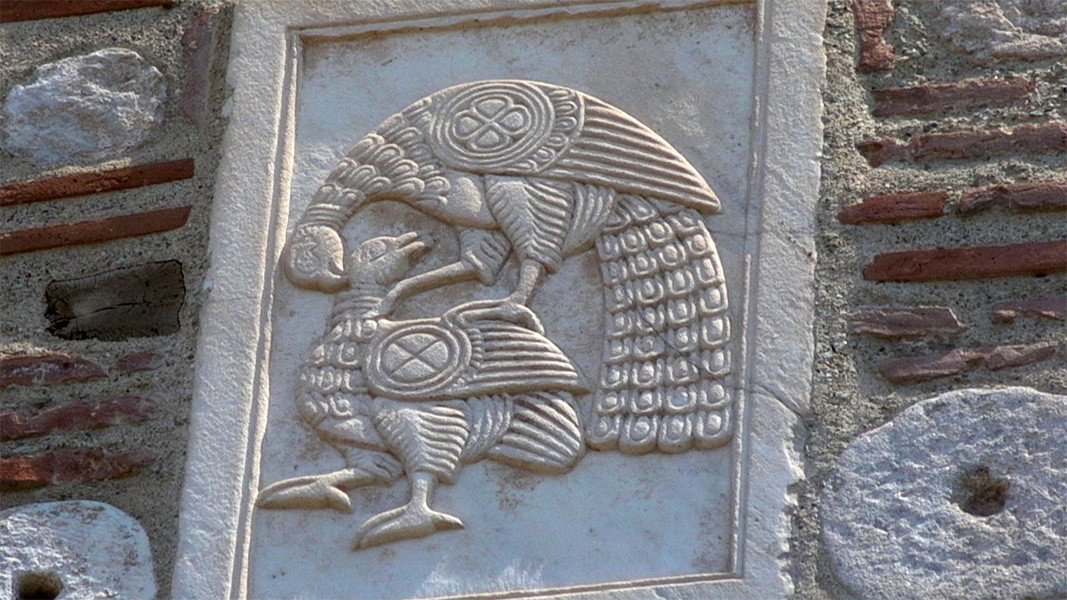
The two sons of Leon and his wife Maria may have been baptized in the city's most revered temple, dedicated to the guardian St. Demetrius of Thessalonica - the Wonderworker. Although the basilica was completely rebuilt after the great fire of 1919, the altar and baptistery of the old temple were not affected and they still stand in the crypt under the new altar.
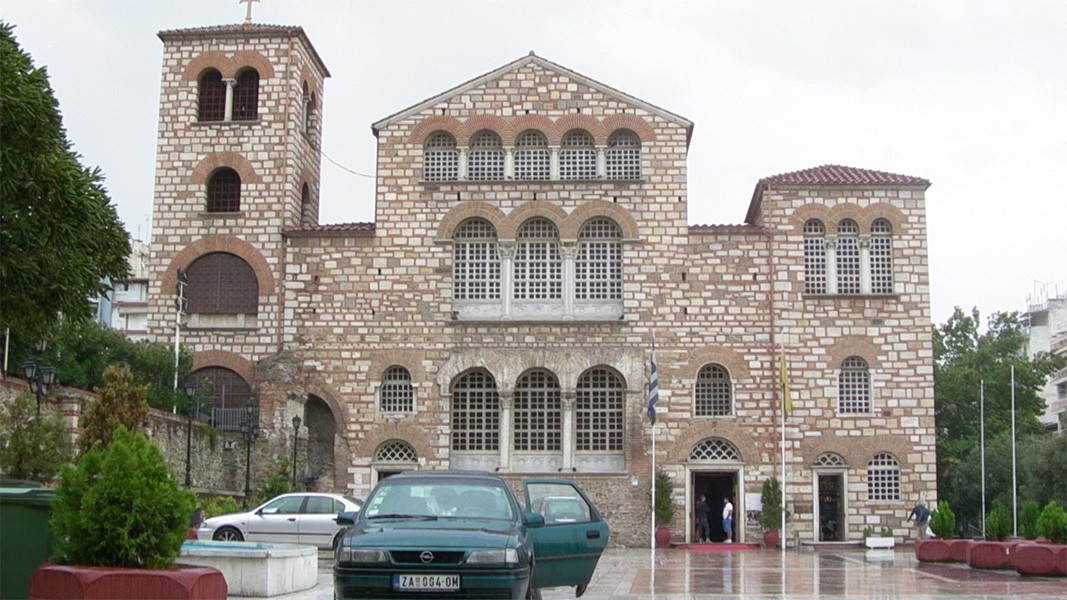
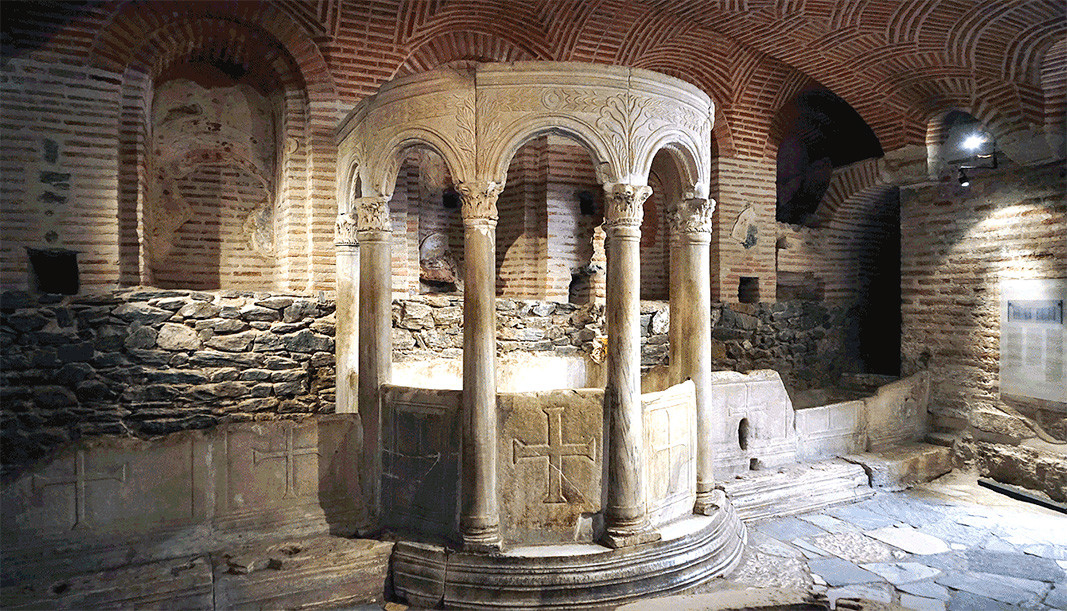

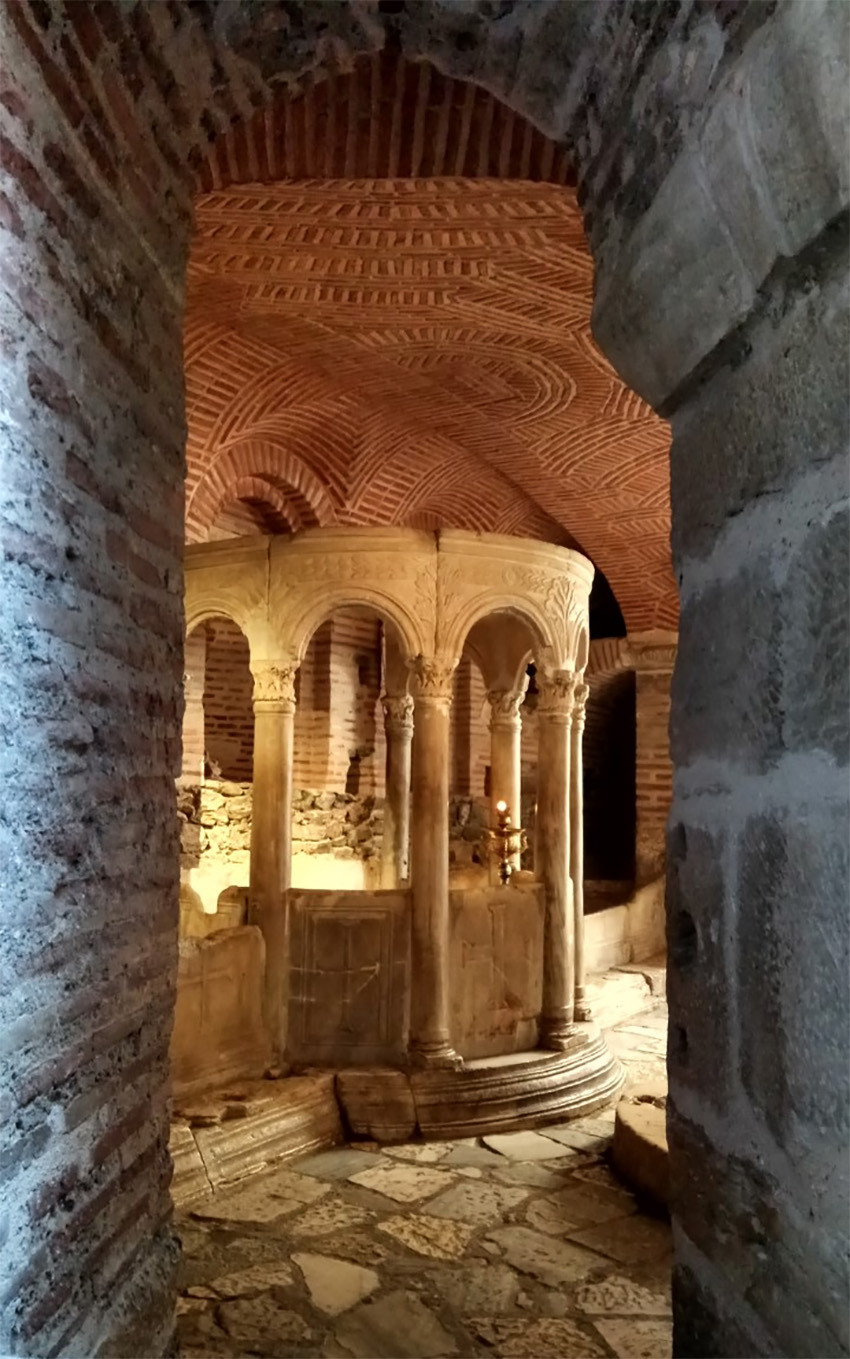
Near the church are the agora and the former market of Thessaloniki. This is where the brothers must have heard the Slavonic language as children. It is recorded in the Life of St. Methodius that when the Roman Emperor sent them to Moravia on a mission to preach in a language they understood, he said to them, "Do you hear these words, philosopher? No one but you can do this work. So, behold, you have many gifts, and go, take your brother, the abbot Methodius, with you. For you are Thessalonians, and all Thessalonians speak the pure Slavonic language."

The Arch of Emperor Galerius near the University of Thessaloniki is today a favourite meeting place for old and young alike. Galerius issued the first edict of tolerance towards Christians in 311 in Serdica, even before his successor, Emperor Constantine the Great. Perhaps this is why the arch has stood the test of time. The young brothers, the founders of Slavonic writing, had walked under its arch in their time.


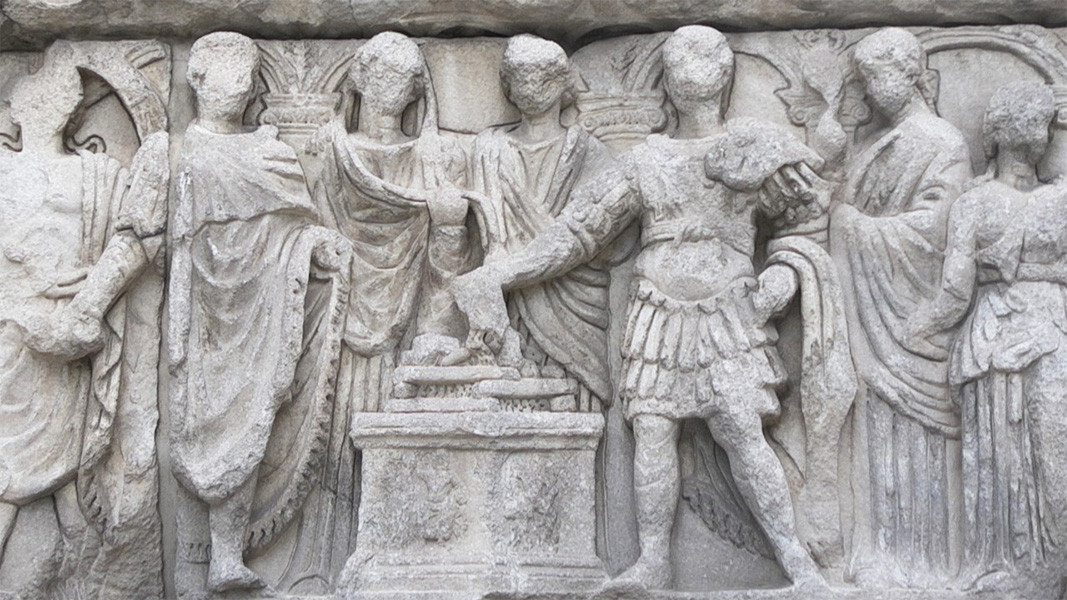
Certainly the glorious, deep-water, peaceful harbor bay of the second most important city in the Byzantine Empire has not changed significantly since the 9th century. Goods and people have arrived here from all over the Mediterranean, just as they do today, making the outlook of the two enlighteners and baptizers open to the whole world and to all peoples.

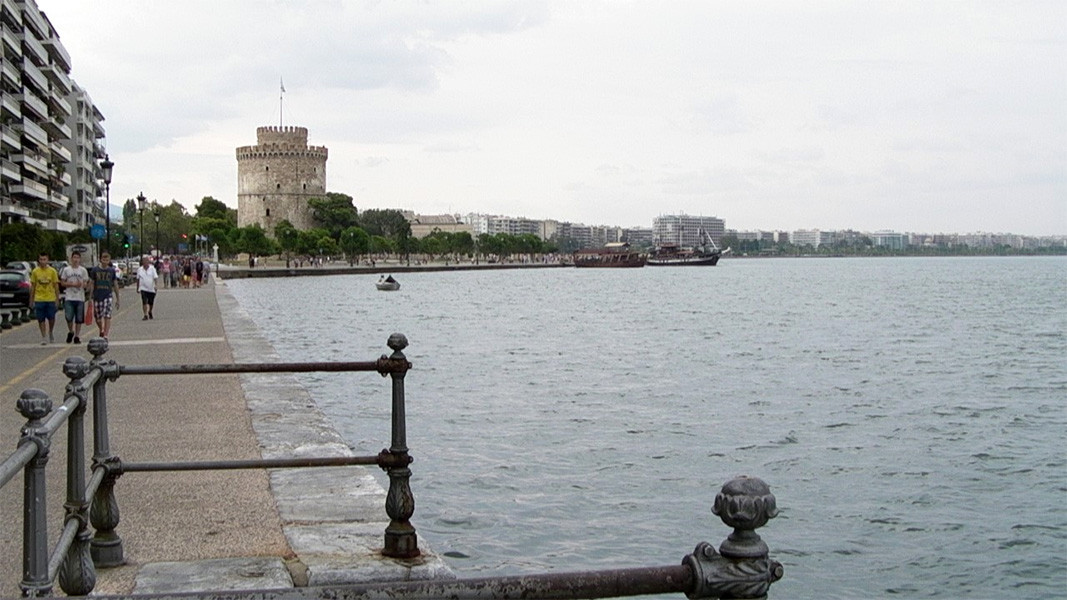
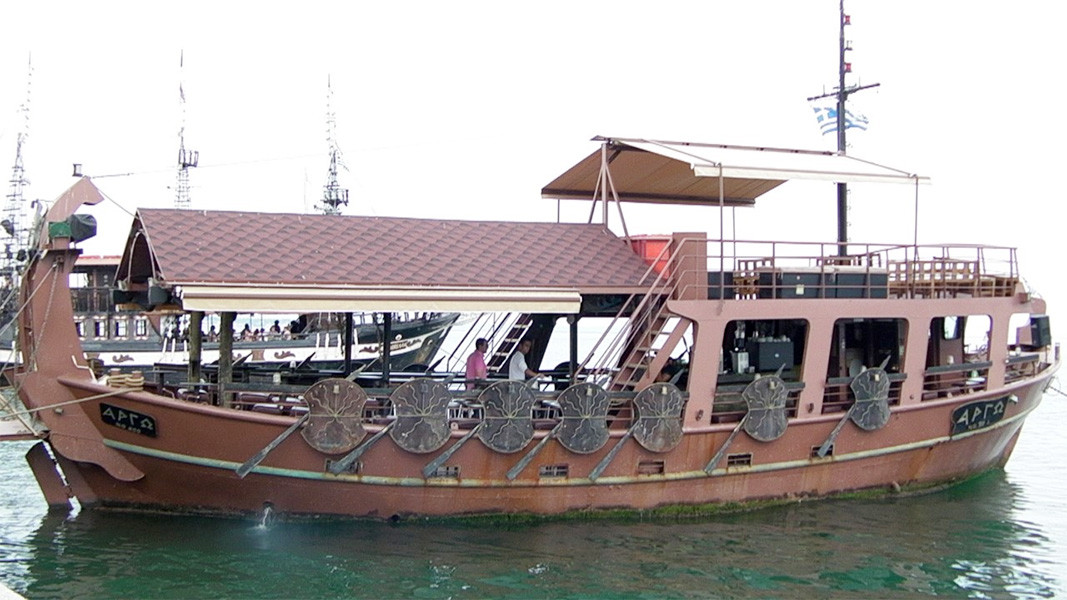
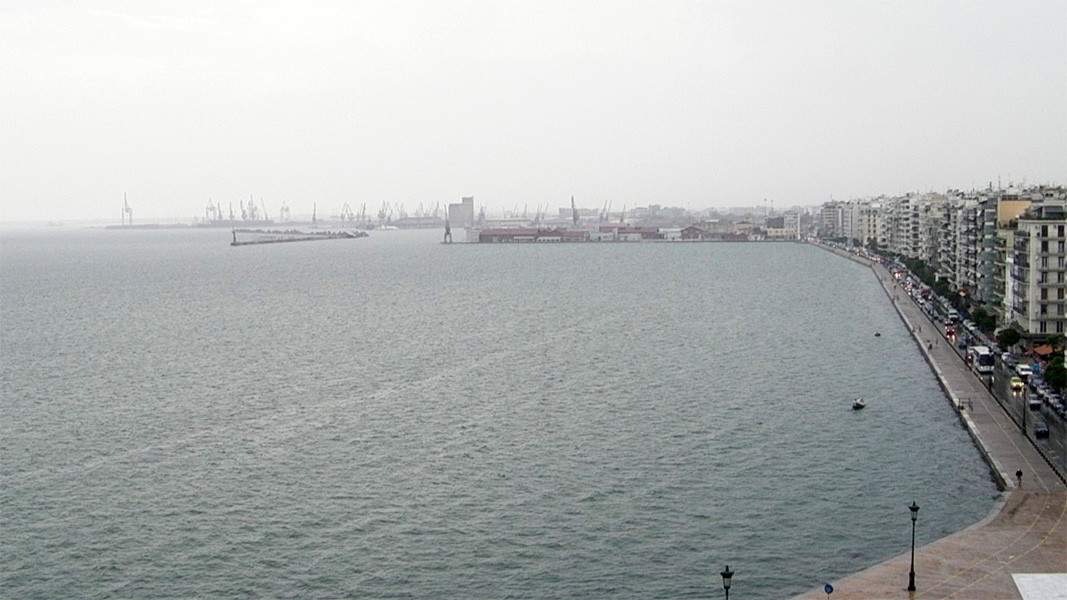
Today in Thessaloniki one can also see one of the most interesting monuments of the Thessaloniki Brothers, declared by Pope John Paul II co-patron saints of Europe. Instead of three-dimensional bronze figures of Sts. Cyril and Methodius, they are represented on a pedestal symbolizing the folio of an old manuscript. They are depicted in the style of classical Byzantine temple mosaics. The imagery is not blatant, intrusive or dominating, but unflinchingly sublime, earthy and essential, much like the work of the Holy Brothers.

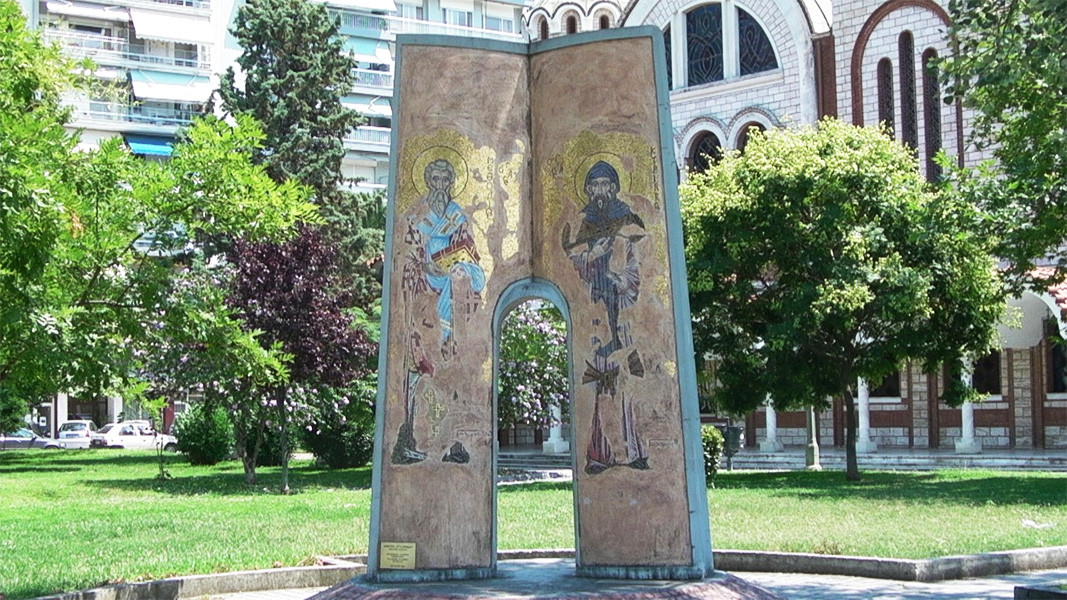
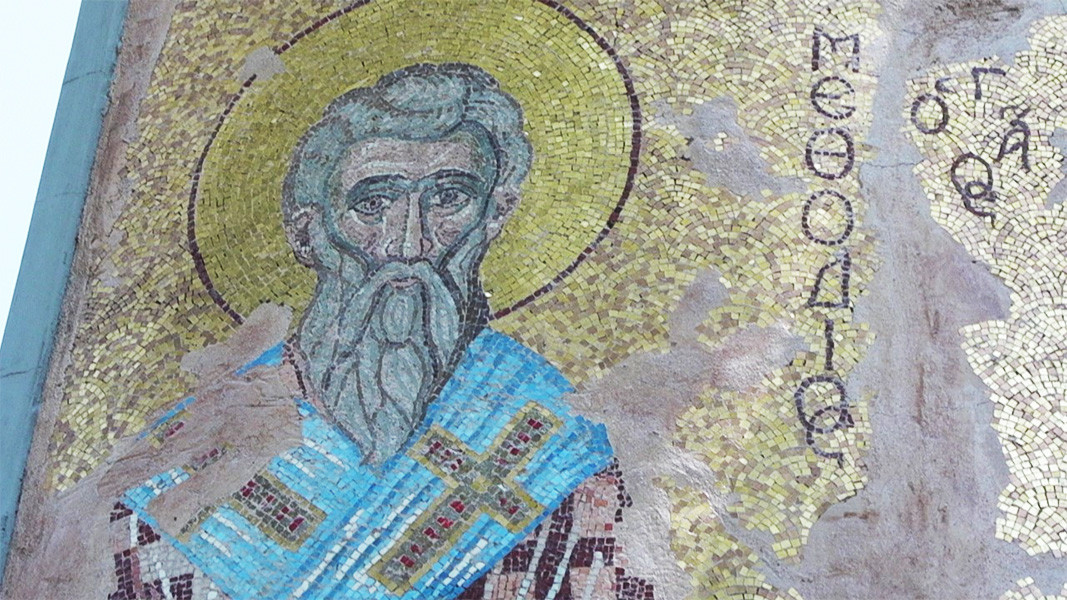

Photos by: Ivo Ivanov
Editor: Elena Karkalanova
English version: Elizabeth Radkova
On November 22 and 23, the Bulgarian Orthodox Church will solemnly celebrate the 100th anniversary of the consecration of the Patriarchal Cathedral "St. Alexander Nevsky" . For a century the cathedral has been "a witness to all the hopes and..
The Feast of the Epiphany - the entry of the Theotokos into the Temple - is one of the oldest and most revered feasts in the Orthodox world. It was introduced in Constantinople around the 8th century during the time of Patriarch Tarasius. It was six..
The Museum of the Jewish People in Tel Aviv , Israel, today commemorates the 130th anniversary of the birth of Dimitar Peshev, a righteous man of the nations of the world, deputy chairman of the 25th National Assembly of Bulgaria, the Bulgarian..
On November 25, the Bulgarian Orthodox Church honours the memory of St. Clement of Ohrid – a distinguished archbishop, teacher and scholar. He was among..

+359 2 9336 661
